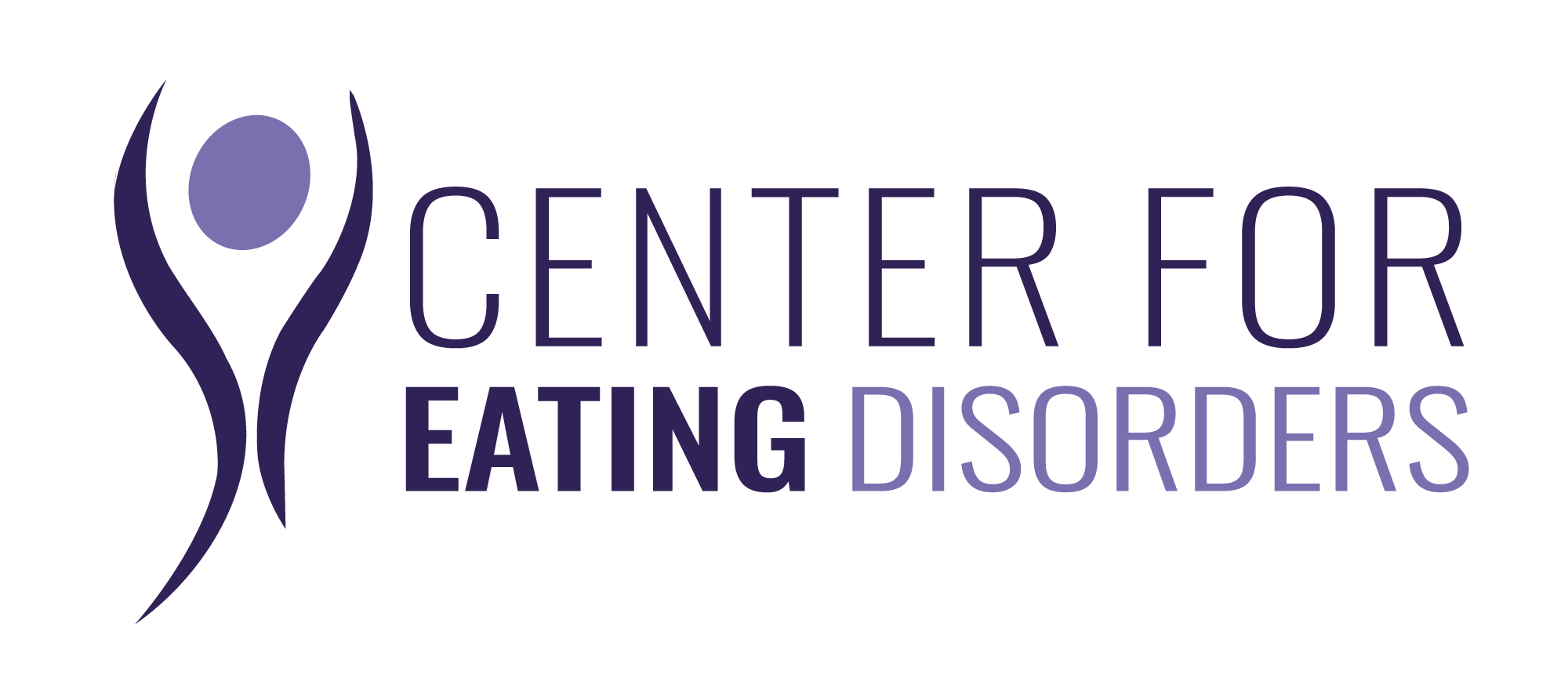The Therapy
The way / the therapy
The patient is not a “number” but a person who needs help and support.
Even the longest path begins with the smallest step. Although this saying may apply to many things, it best fits the course of therapy. Because with the admission of an eating disorder, those affected have already made the first important step. This may even be the hardest in therapy. However, as soon as there is a realization that people with eating disorders are suffering from a disease, they also realize that there are people who can help professionally – intensively, personally and effectively. The vicious circle in which the sufferers are stuck 24 hours 7 days a week, can be broken in the vast majority of cases only by psychotherapeutic help. Our center ensures that patients receive fast medical and therapeutic help even outside of therapy sessions.
“Even the longest path starts with the smallest step”
You are not sure if you have an eating disorder? You do not know any further? You have a family member or friend who shows symptoms of an eating disorder? Then contact us.

The course of treatment
In the treatment of eating disorders usually different treatment options are combined. The main focus is on psychotherapeutic and medical treatment. In order to ensure a successful therapy, it is important to create a safe environment for the patient in the first step. As a result, he / she feels accepted and can concentrate fully on himself and the treatment.
Second, there is the anamnesis interview, in which the patient gets to know the therapist and many initial questions are clarified. In addition, it provides detailed information about the past history of the disease and the further course of therapy. The parents and / or the partner also have the opportunity to receive information about this special and intensive therapy in order to know how exactly the coming time will look like. Additional care of the patient by relatives, parents or siblings is often recommended.
Depending on the severity of the disease, a treatment plan will be prepared, which will list the weekly therapy hours (from one hour per week to one hour per day) as well as the accessibility of the therapist via e-mail or telephone. Upon request, somatic and physical control by a general practitioner may also be arranged following this session. In this way, it can additionally be clarified in which current state the patient is located and whether further measures are necessary. The question of whether outpatient or inpatient treatment is indicated must be decided on a case-by-case basis. In this decision not only the mental but also the physical condition play a decisive role.
Once the relationship of trust has been established and the patient has received enough insights and information about the therapy, the actual psychotherapeutic work begins. The patient is guided by the therapist to deal intensively with himself and his thoughts. He will soon become aware of how negative he is to others but especially to himself. Through intensive paperwork, the person concerned will question these (negative) thoughts and gain distance as the process progresses. From this moment on the patient starts the process of recovery. During this process, he becomes more and more aware of himself, his strengths, his character and his qualities and learns that he no longer needs the disease to hide behind it. He learns that he is allowed to leave control of the food. The more he works on himself and finds himself, the more he will voluntarily deal with the food and let it go again – not for someone else and especially not under pressure.
Some examples about the negative view of the patient, mostly about himself:
The mental condition of eating disorders can vary a lot. It often happens that behaviors are very contradictory. So sufferers want to bring high performance to escape mediocrity. In return, however, they are afraid to attract attention. Eating disorders are highly sensitive to the needs of their fellow human beings – but have difficulty accessing their own feelings. Many are very afraid of closeness, but are also afraid to be alone.
An always present characteristic of those concerned is the continuous negative view towards themselves. Eating disorders do not only deal with the topic of “eating”, but they are permanently concerned with negative beliefs about themselves. They believe that they are not worthy of being loved, that they are bad people and that they have to perform to be recognized. This creates a mental downward spiral.
Exemplary for these negative beliefs are the following statements:
- Everyone else looks much better than me! I’m really the last one!
- Why do my classmates choose me as tenth in the group? Nobody likes me!
- I am such a bad person! Now I’ve done something wrong again.
- I never have any patience with my children. What am I for a bad mother!
- I have not been invited for a birthday. Nobody wants to be friends with me.
- Nobody calls me. I feel so lonely and alone.

These beliefs are repeatedly questioned in the therapy work, so as to list rational reasons why the subjective opinion of the patient does not correspond to reality. The more often the patient deals with it, the sooner he will build up a more positive relationship with himself and increase his self-esteem. The aim of the therapy is that those affected no longer take everything personally and refer to their own person, even in criticism or in problematic situations, but deal with it critically and realistically.

